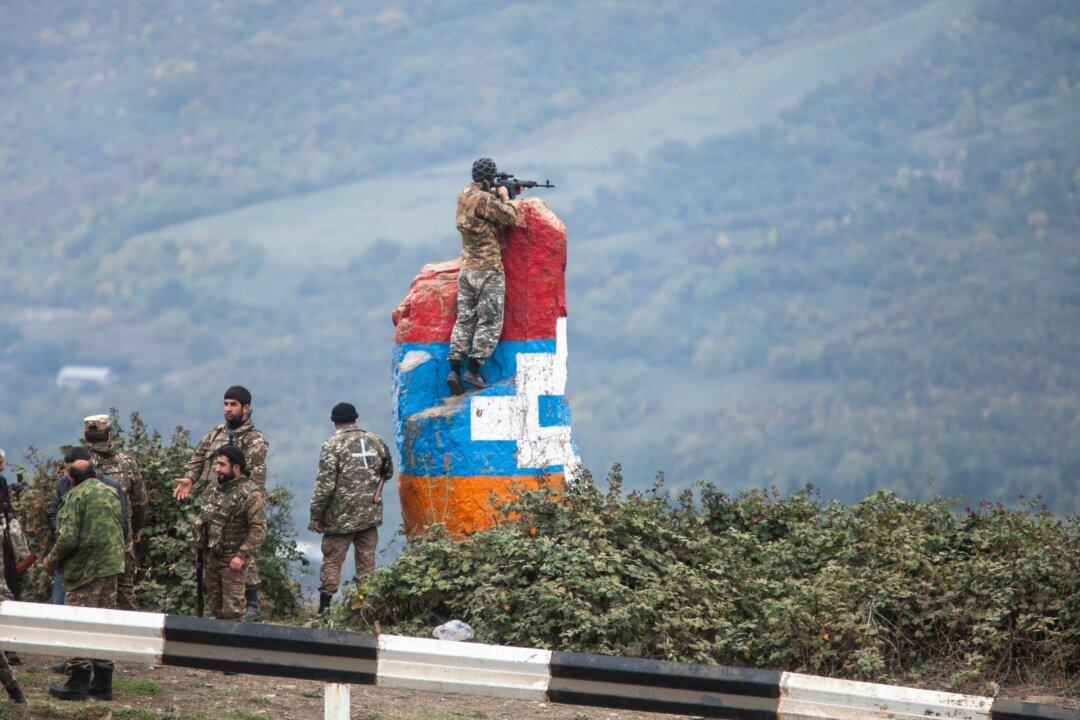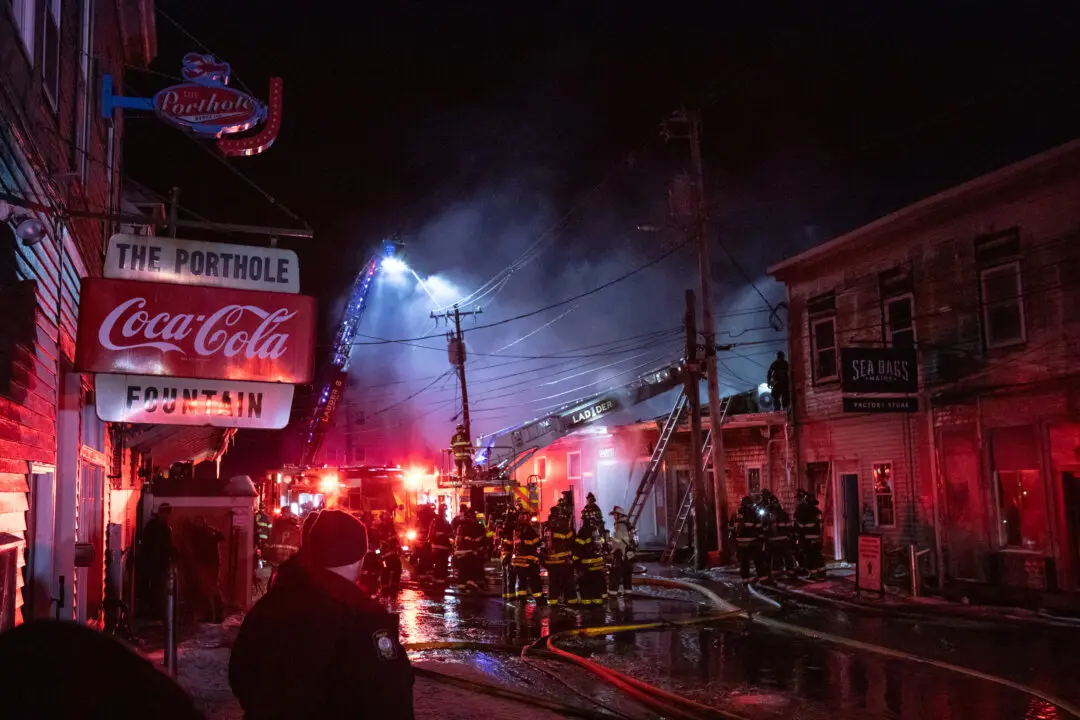YEREVAN, Armenia—The reported death toll in clashes between Armenian and Azerbaijani forces over the separatist territory of Nagorno-Karabakh has reached about 600, with officials reporting more military and civilian deaths as the fighting continues despite a ceasefire announced over the weekend.
Nagorno-Karabakh military officials said Tuesday that 16 more of their servicemen have been killed in fighting, bringing the total number of dead among military members to 532 since Sept. 27, when the fighting started. Azerbaijan hasn’t disclosed its military losses, and the overall toll is likely to be much higher with both sides regularly claiming to have inflicted significant military casualties on one another.





